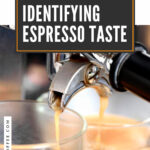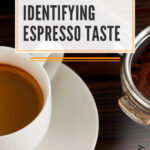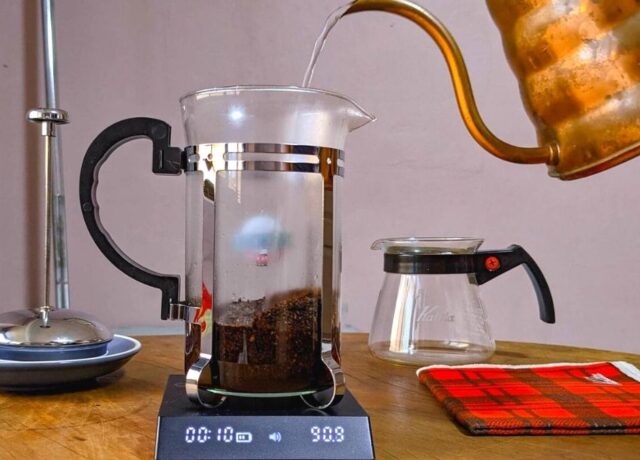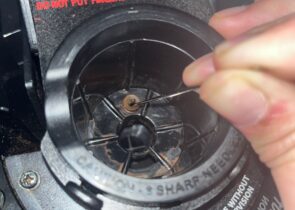For an untrained pallet, understanding espresso taste can be intimidating. Is it supposed to be bitter and unpleasant? Do people really drink straight espresso without any dilution or milk?
Foremost, correctly made coffee shop espresso should be delicious. It should be intense and sweet with a smooth and creamy mouthfeel. For a gorgeous quality cup of espresso, the flavor can linger for up to an hour. But unfortunately, a lot of espressos out there aren’t made well.
So if you like the taste of coffee but don’t like drinking espresso, there’s a good chance that you’ve only encountered bad espresso. Either way, there are flavor signals that will help you figure out what is good and bad about your espresso’s taste. If you’re interested in making espresso at home, learning how to taste it will help you to dial in your coffee to your personal preference.
So here’s a short guide to understanding the basics of espresso taste. You still might not like it, but at least you’ll give it a fair chance.
Why Is Espresso So Intense
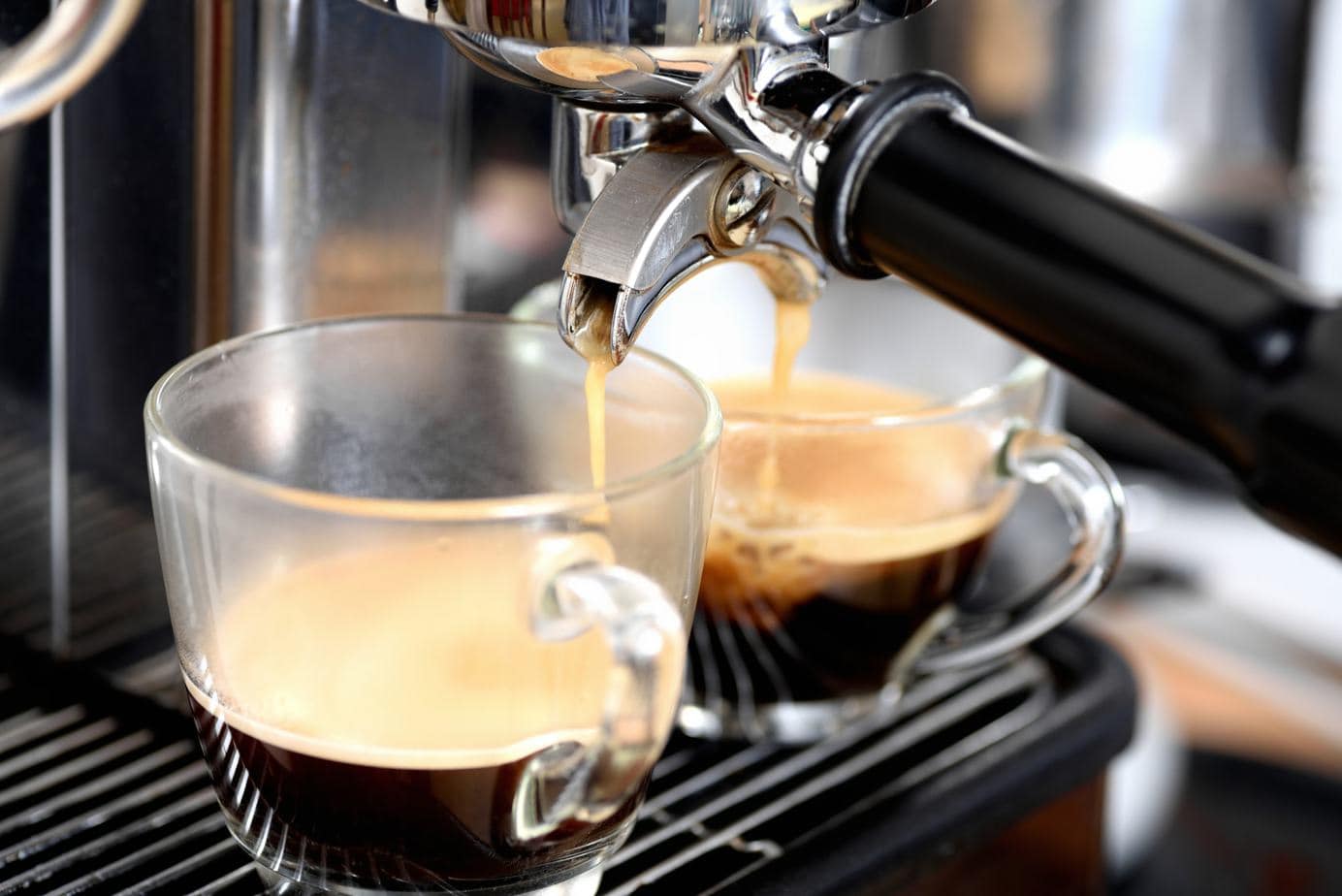
To understand why a shot of espresso is so intense, you have to understand coffee ratios. In coffee beverages, the ratio is the amount of water to the amount of coffee grounds used. You can measure the amounts by volume or mass, although mass will always be more accurate. The tighter the ratio, the stronger the coffee taste will be.
For example, regular drip coffee is usually made at a ratio of 1:16, which is one gram of coffee bean for every 16 grams of water. A really strong cup can shrink the ratio to something like 1:10. But for a concentrated beverage like espresso, depending on the recipe, the ratio can be as small as 1:2. It’s really concentrated coffee!
This means that compared to the taste of a standard cup of coffee, espresso is way more intense—there’s way more coffee per unit of water. This strength is the main difference, and you can also go deeper with our article comparing coffee and espresso. But the other element that is important to understanding espresso taste is the fine grind size.
The fine grind size (the coffee particles being small) means that extraction of the coffee happens very quickly because the water has much more coffee contact surface to pass over.
So instead of a 4-5 minute brewing time with a coarser grind, espresso extraction time is about 30-40 seconds. And as if this wasn’t enough intensity, the fine grinds are tamped down with 30 pounds of pressure so that the water meets more resistance as it is pumped through the coffee machine.
All of these factors demonstrate why tasting espresso is such an intense experience. There will be strong, clean flavors of bitterness, acidity, saltiness, and sweetness. For coffee drinkers, the key to good espresso is achieving the right balance of these taste elements.
Over Extraction vs. Under Extraction
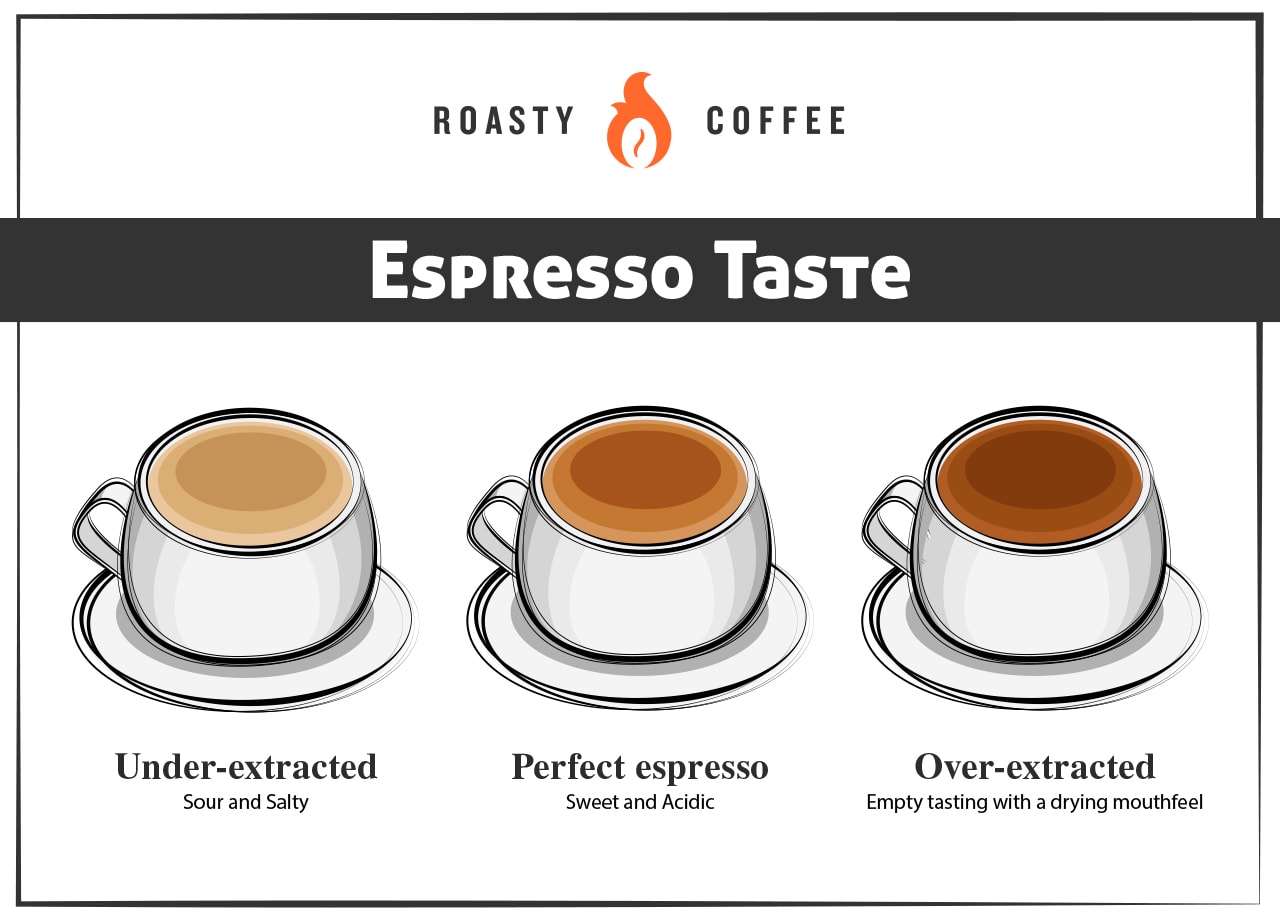
Coffee extraction is the chemical process through which particles in the coffee become dissolved into the water. There are many methods to do this (pour-over, french press, Aeropress, etc.), and the different extraction methods will put a complex body of flavors into the finished coffee.
Espresso is an extremely intense method of coffee extraction. If you were a chemist, then the details of extraction science might be relevant, but we can think of extraction as a two-way street. In one direction is over-extraction and in the other is under-extraction.
Over Extraction
Over-extracted espresso is when too much of the coffee’s material is dissolved into the liquid. This results in unfavorable bitter flavor notes and a bad shot of espresso. Over extraction also has an empty taste and a drying mouthfeel. If your mouth feels like sandpaper after sipping on espresso, you can bet that it is over-extracted.
If you’re having difficulty recognizing these flavors in your espresso, you can try purposefully over extracting coffee or espresso to amplify these flavors. Then, do a comparative tasting. Once your tongue recognizes the flavors in an obvious setting, it will more easily notice them in a subtly over-extracted espresso.
Under Extraction
Under extraction is when too little of the coffee’s material makes it into the water. In under-extracted espresso, this can happen when the brew time is too fast, and it results in unfavorable flavors of sourness and even saltiness. The sour taste of under-extracted coffee comes from the acidity in the coffee without any sweetness to balance it.
Under extracted coffee also has a rapid finish—the flavor doesn’t last in your mouth. It will have an empty taste that disappears almost as soon as you swallow it.
Perfect Extraction
The perfect extraction is neither overdone nor underdone. Instead, it sits in the sweet spot between these two dead ends, and you will know it when you taste the delicious coffee flavors. The taste will have sweetness, acidity, and a beautifully long finish. But most importantly, the perfectly extracted delightful coffee drink will have balance.
Balance is what gives clarity to the taste of espresso. Like a harmonious musical chord, balance allows the flavors to work together to make a greater sum than its parts. Each flavor by itself (bitterness, sweetness, acidity) is extremely intense, but together they blend into a beautiful balance.
Crema
When talking about espresso taste, we have to mention crema. We have an entire article dedicated to understanding crema, but in short, it is the frothy layer of bubbles and oils on top of an espresso. The layer of crema forms because of how high the pressure is as the water is pumped through the beans.
Although you can make espresso at home without a machine, making a crema appear is difficult. The coffee preparation method is exacting. This is because there is no substitute for the intense pressure that espresso machines put out when making cups of coffee. The finer grinds, tamping pressure, and water pump are what emulsify the oils to leave that beautifully golden layer of microbubbles on top.
While crema does contribute to the taste, in my experience, it doesn’t do this directly through flavor. Instead, it achieves this through the texture that it leaves on your tongue. This texture, known as mouthfeel, helps contribute to the heavy, intense, and lingering taste of properly made espresso.
Conclusion
Espresso is hard to make properly, so it’s not surprising that many casual coffee-drinking people are afraid of it. But the taste of espresso, although intense, doesn’t have to be a negative experience. When properly extracted, it will achieve a balance that leaves a beautiful after-taste in your mouth.
And once you taste properly extracted espresso, you can geek out and up your coffee game further with the Specialty Coffee Association’s Flavor Wheel. It will give you even more detail in understanding the complexity of espresso taste.
Happy Caffeinating!






